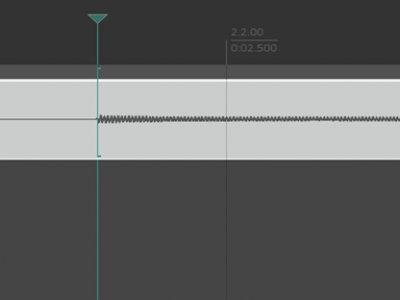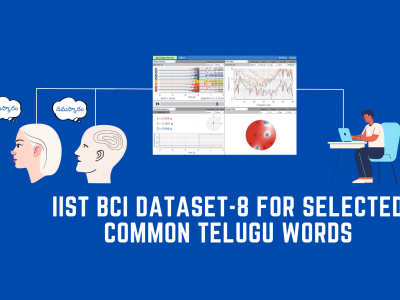Machine Learning
Surface electromyography (EMG) can be used to interact with and control robotic systems via intent recognition. However, most machine learning algorithms used to decode EMG signals have been trained on relatively small datasets with limited subjects, which can affect their widespread generalization across different users and activities. Motivated by these limitations, we developed EMGNet - a large-scale dataset to support research and development in EMG neural decoding, with an emphasis on human locomotion.
- Categories:
 893 Views
893 Views
This dataset presents real-world VPN encrypted traffic flows captured from five applications that belong to four service categories, which reflect typical usage patterns encountered by everyday users.
Our methodology utilized a set of automatic scripts to simulate real-world user interactions for these applications, to achieve a low level of noise and irrelevant network traffic.
The dataset consists of flow data collected from four service categories:
- Categories:
 283 Views
283 Views
NIMS BENIGN DATASET 2024-2 dataset comprises data captured from Consumer IoT devices, depicting three primary real-life states (Power-up, Idle, and Active) experienced by everyday users. Our setup focuses on capturing realistic data through these states, providing a comprehensive understanding of Consumer IoT devices.
The dataset comprises of nine popular IoT devices namely
Amcrest Camera
Smarter Coffeemaker
Ring Doorbell
Amazon Echodot
Google Nestcam
Google Nestmini
Kasa Powerstrip
Samsung 32 inch Smart Television (TV)
- Categories:
 66 Views
66 ViewsTo download the dataset without purchasing an IEEE Dataport subscription, please visit: https://zenodo.org/records/13738598
Please cite the following paper when using this dataset:
- Categories:
 952 Views
952 Views
Resource usage fuzzing samples and related data. Contains samples from Pythoin, random data, GPT-3.5, GPT-4, Gemini-1.0, Claude Instant, and Claude Opus. These samples are generated for 50 Python functions. Also included are resource measures for CPU time, instruction count, function calls, peak RAM usage, final RAM allocated, and coverage. These values were collected on an isolated system and account for interference from other processes.
- Categories:
 71 Views
71 ViewsThe limited availability of Guitar notes datasets hinders the training of any artificial intelligence model in this field. TaptoTab dataset aims to fill this gap by providing a collection of notes recordings. This dataset is collected as part of an honours project at the Faculty of Computer and Information Sciences, Ain Shams University. The dataset is composed of audio data that has been self-collected, focusing on capturing a comprehensive range of guitar notes. The dataset consists of recordings of guitar notes played on each of the six strings, covering up to the 12th fret.
- Categories:
 527 Views
527 Views
The data in this dataset is the experimental data related to the article named Privacy-preserving approach to edge federated learning based on blockchain and fully homomorphic encryption , which contains data such as running time comparison, communication spend comparison, encryption and decryption time comparison, accuracy comparison, etc.
- Categories:
 70 Views
70 ViewsBrain-Computer Interface (BCI) technology facilitates a direct connection between the brain and external devices by interpreting neural signals. It is critical to have datasets that contain patient's native languages while developing BCI-based solutions for neurological disorders. However, present BCI research lacks appropriate language-specific datasets, particularly for languages such as Telugu, which is spoken by more than 90 million people in India.
- Categories:
 331 Views
331 ViewsThis study investigates the integration of artificial intelligence (AI) to enhance endpoint management solutions. The research explores AI's impact on security, efficiency, and compliance within enterprise environments (R1). Through case studies and empirical analysis, the paper highlights the benefits and challenges of such integrations, offering insights into future developments.
- Categories:
 4345 Views
4345 Views




